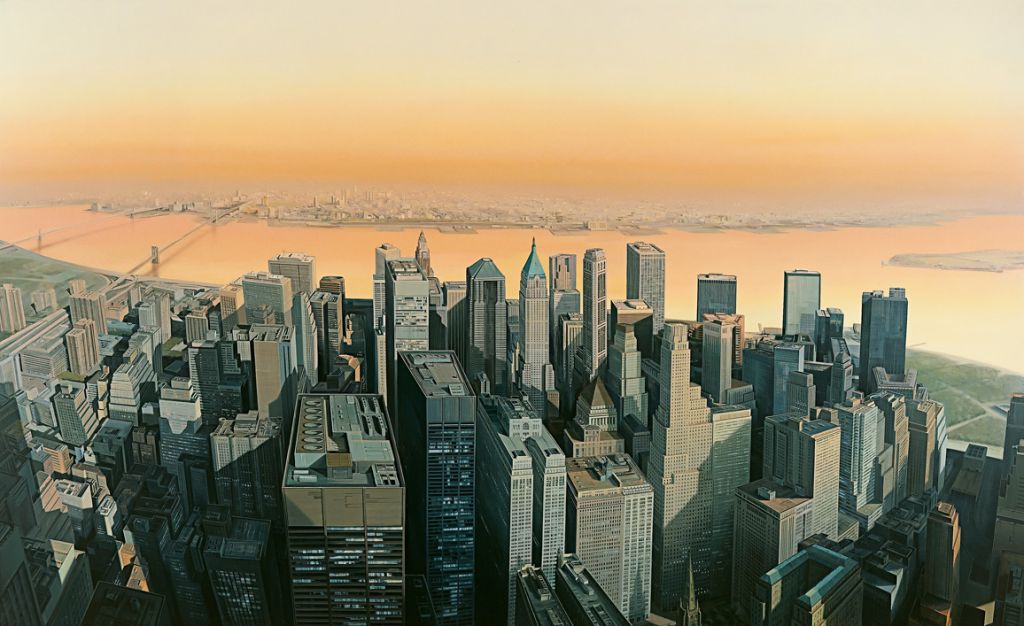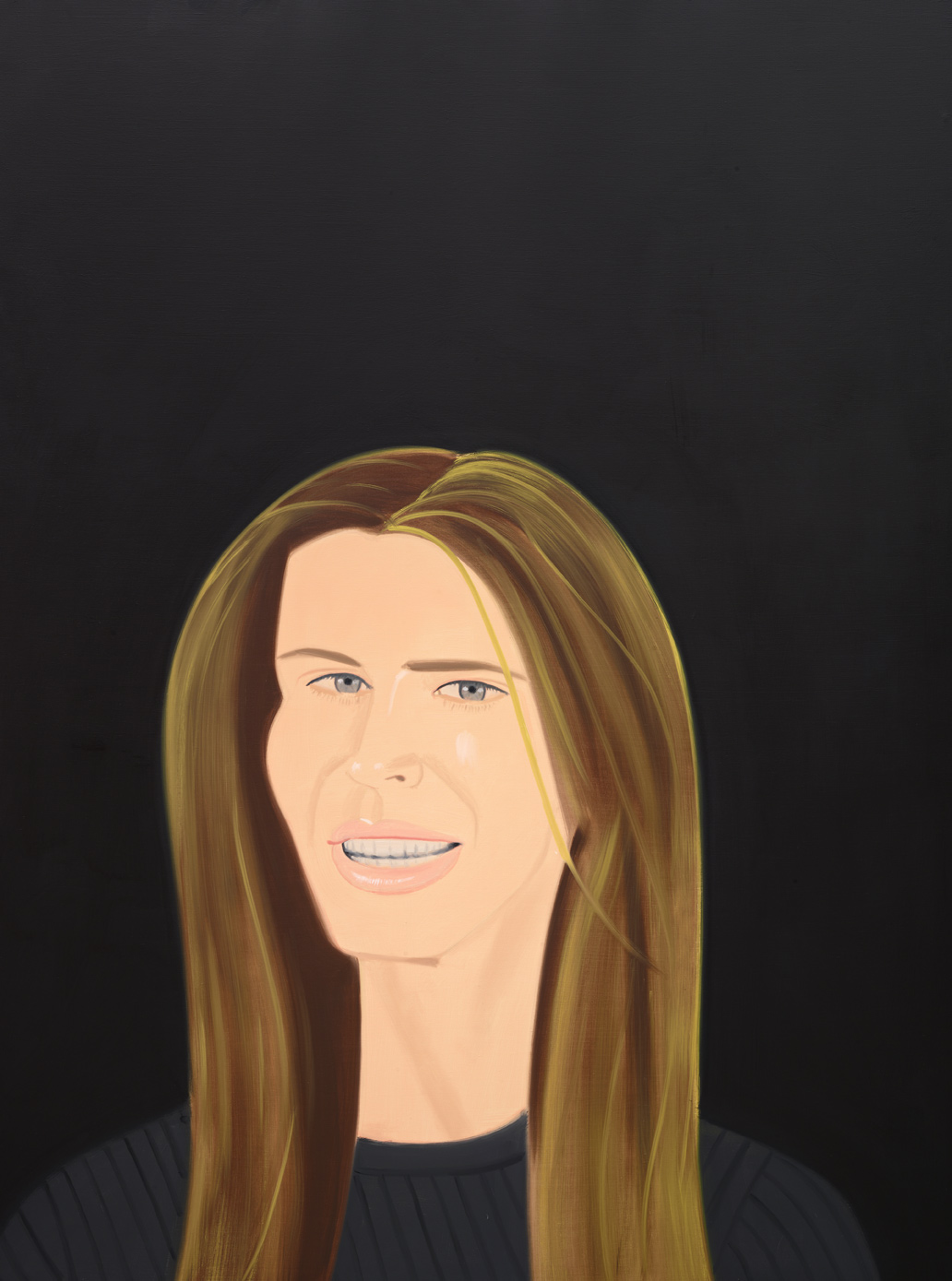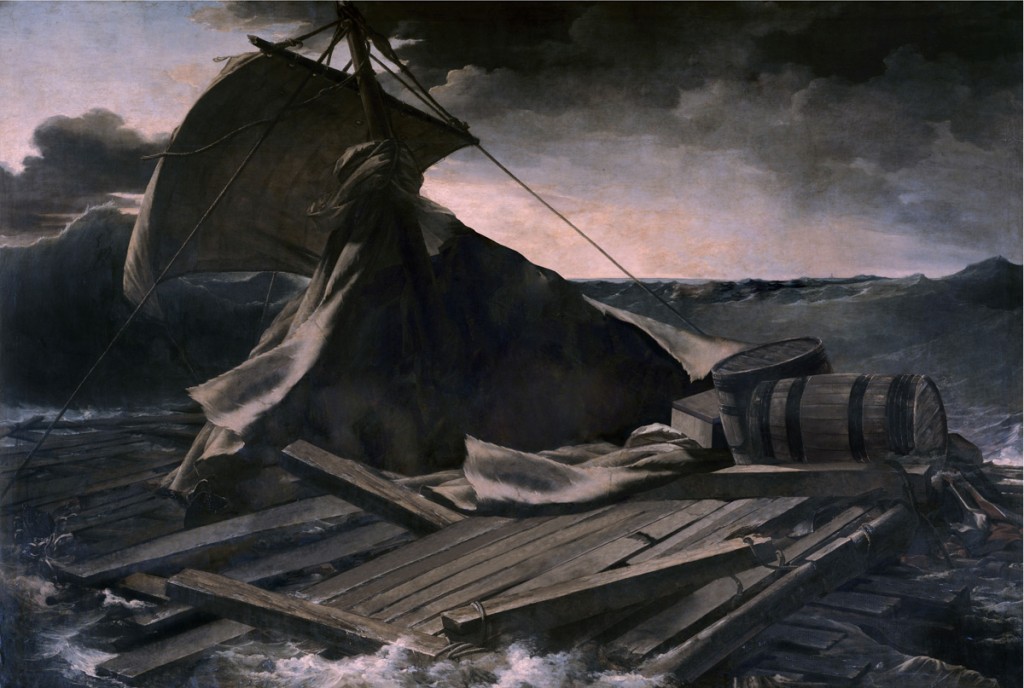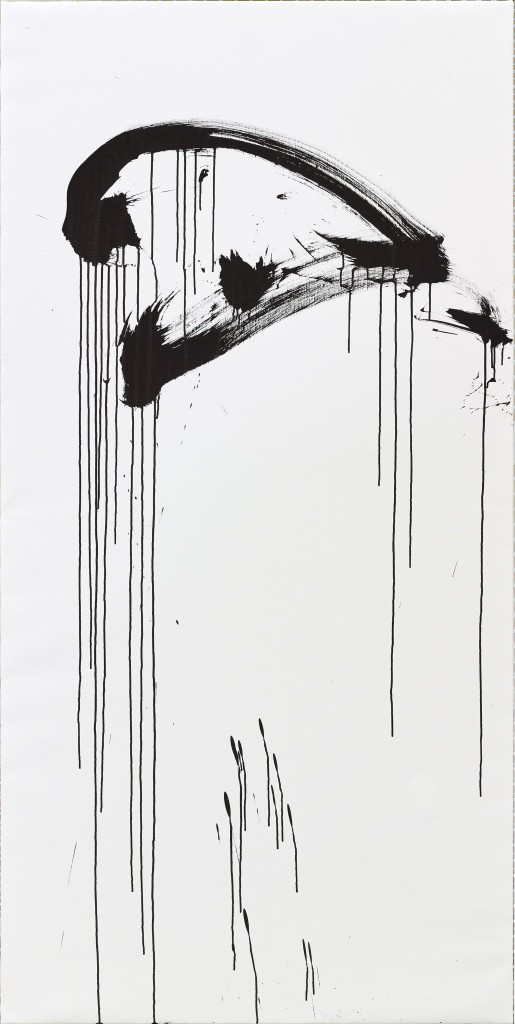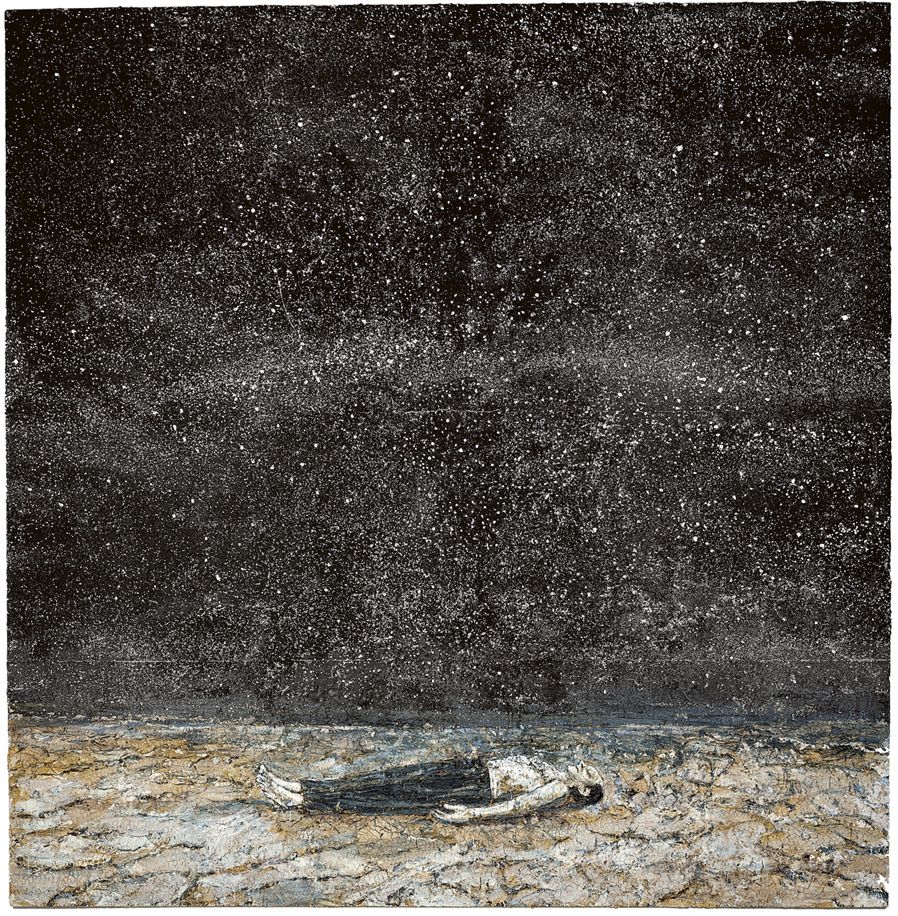Seascape
1998Oil on canvas290 x 290 cm
Producing a highly eclectic and seemingly incompatible range of images, from figuration and landscapes to gestural abstractions and monochromes, Gerhard Richter has evaded identification with a "signature" style as well as the normative discourse of art history. In the early 1960s, together with fellow students Konrad Lueg and Sigmar Polke, Richter responded to the proliferation of media-generated imagery in the contemporary landscape with work the group dubbed Capitalist Realism, characterized by its critique of consumer culture. Richter continued to draw on media images throughout the 1960s and 1970s as the basis for an exploration of the relationship between painting and photography.
In 1968–70, at a time when he was relying increasingly on his own photographs as the basis for representational paintings, Richter produced his first series of seascapes. He returned to the theme in 1975, and again in 1998, when he executed two larger-sized seascapes based on photographs he had taken on Tenerife, in the Canary Islands. While one of these paintings, now in the collection of the San Francisco Museum of Modern Art, reveals a rocky shoreline in the foreground, the Guggenheim Museum Bilbao's Seascape (Seestück) presents the viewer with a limitless expanse of ocean punctuated only by waves, beneath a subtly modulated sky.
Like his images of clouds and landscapes, Richter's seascapes recall the work of nineteenth-century German Romantic artists such as Caspar David Friedrich, whose moody, atmospheric paintings capture man's encounter with a spiritually infused and awe-inspiring nature. Seascape conveys a similar sense of the sublime, not only in the vastness of the depicted environment, but also in the canvas's overwhelming dimensions. At almost 3 meters square, it dwarfs Friedrich's conventionally sized easel paintings; however, this scale, as well as the work's spare composition, invites comparison with Mark Rothko's large abstract paintings of stacked, floating planes of color, which the art historian Robert Rosenblum memorably linked to Friedrich's work as part of a broader "Northern Romantic tradition."
Whereas Friedrich defined his landscapes with remarkable clarity and detail, Richter's landscapes and seascapes are marked by his characteristic strategy of blurring, typically produced through use of a squeegee. Replacing the trace of the artist's brushstroke with a depersonalized facture suggestive of the mechanical distortions of the snapshot, this blurring obscures the boundary between the photographic and the painted. The haziness of the image also calls into question the very nature of representation and the truth of that which is represented—thereby implying a quite different relation to the natural world than that conveyed by Richter's Romantic predecessors. This is not to say that Richter's works expunge all traditional aesthetic appreciation of nature: in a 1970 interview, when asked how his recent turn to landscape had come about, the artist replied simply, "I felt like painting something beautiful." Of his landscapes as well as still lifes in general, he has elsewhere described being motivated by "yearning" or "nostalgia," suggesting the loss of something irrecoverable.
Original title
Seestück
Date
1998
Medium/Materials
Oil on canvas
Dimensions
290 x 290 cm
Credit line
Guggenheim Bilbao Museoa
Resources
Seascape
Seascape, by Gerhard Richter
Photographer Cristina de Middel and curator Geaninne Gutiérrez-Guimarães invite us to take a fresh look at Gerhard Richter’s Seascape (Seestück, 1998), a painting that resembles a photograph and that breaks the rules of nature.

